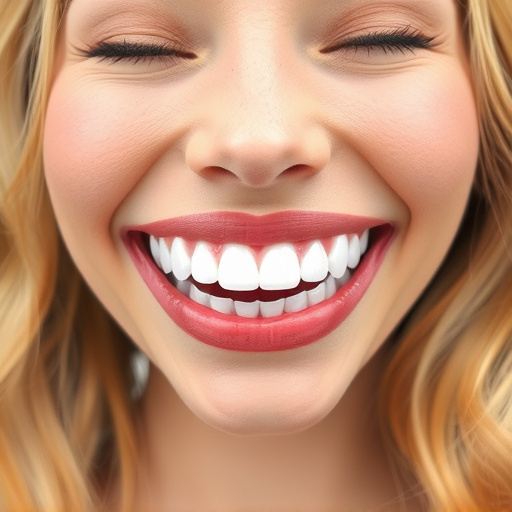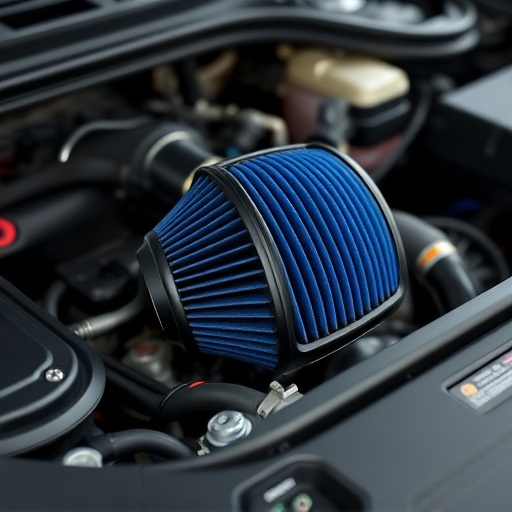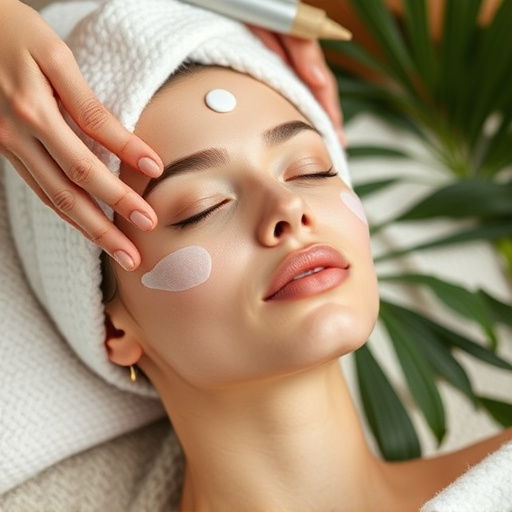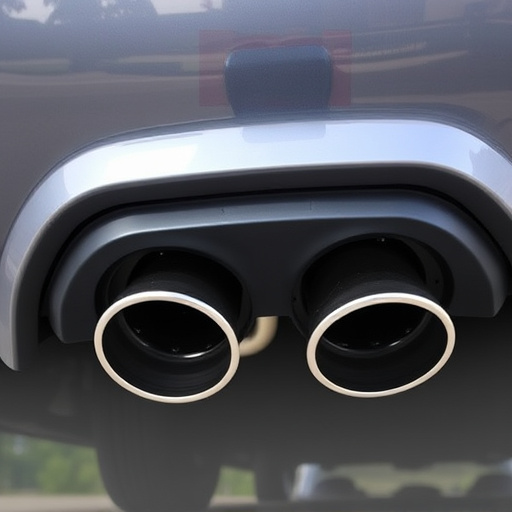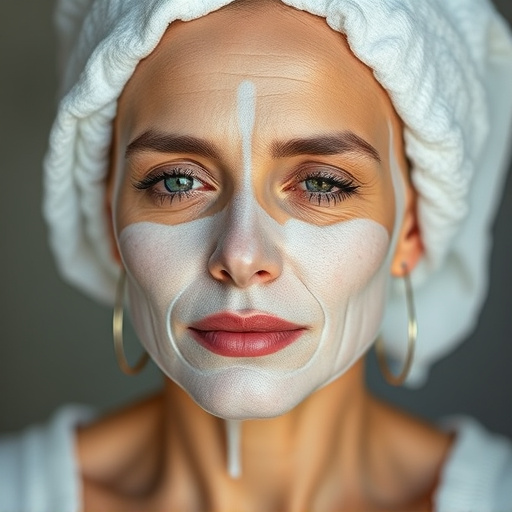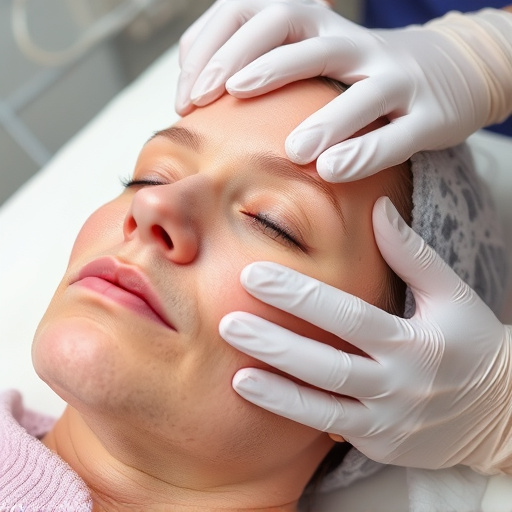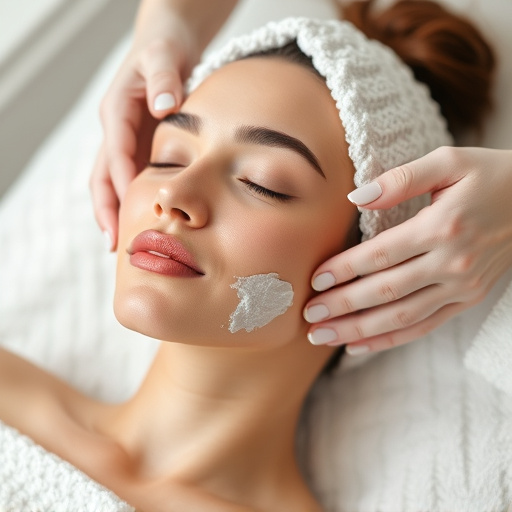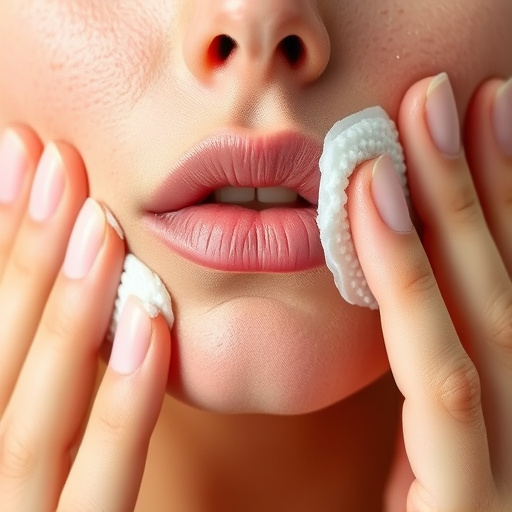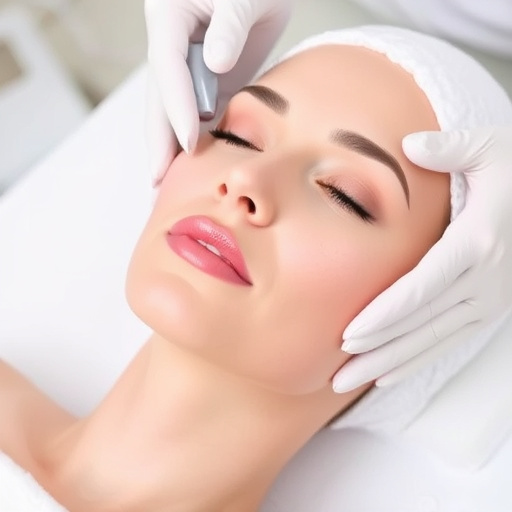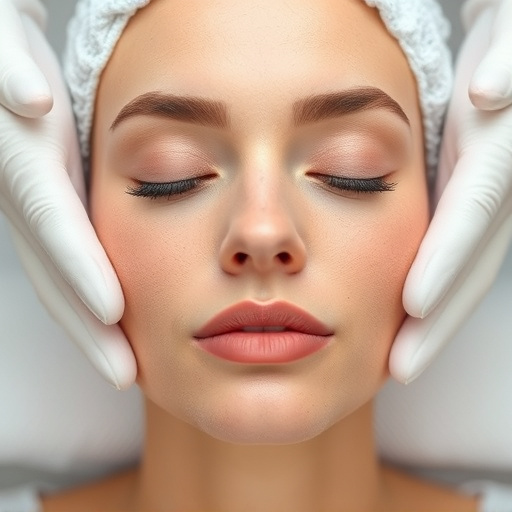Chest acne requires specialized therapy due to its distinct characteristics compared to facial acne, including thicker skin, larger hair follicles, and higher sebum production. Effective treatments involve deeper cleaning, exfoliation, tailored topical medications (e.g., retinoids, benzoyl peroxide, salicylic acid), inflammation management, and lifestyle adjustments like proper hygiene and clothing selection. Key differences between chest and facial acne therapy include the severity of chest acne in males, thicker skin complicating standard treatments, and the need for adjusted procedures like microneedling and chemical peels to avoid irritation or scarring. Consulting a dermatologist is essential for creating a personalized chest acne therapy plan.
Acne doesn’t just affect the face; chest acne is a common concern, often requiring distinct treatment approaches. Unlike facial acne, chest acne is influenced by factors like sweat, clothing, and hormonal changes, making it more persistent. This article delves into understanding the unique characteristics of chest acne and offers targeted therapy insights. We then compare chest to facial acne treatments, highlighting key differences and considerations for effective management. Explore these strategies to overcome chest acne effectively.
- Understanding Chest Acne: Unique Characteristics and Challenges
- Targeted Chest Acne Therapy: A Deep Dive into Effective Treatments
- Comparison: Chest vs Facial Acne Treatments – Key Differences and Considerations
Understanding Chest Acne: Unique Characteristics and Challenges
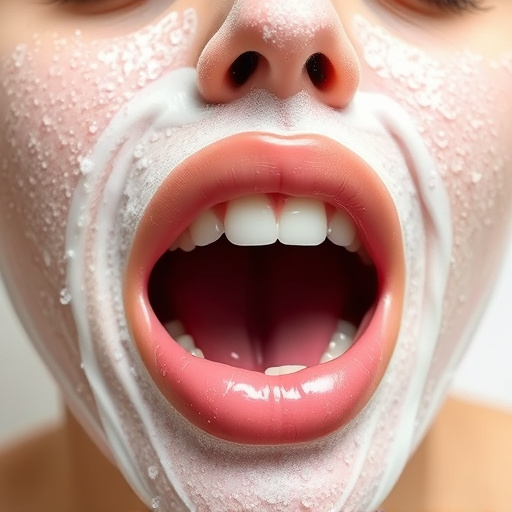
Chest acne, though often overlooked, presents unique challenges distinct from its facial counterpart. Unlike the face, the chest is a larger, hairier surface with a thicker skin layer. This makes it more prone to clogged pores due to sweat, dead skin cells, and bacteria, leading to stubborn acne lesions. The skin on the chest is also less sensitive compared to the face, allowing for more aggressive treatments. However, this doesn’t mean chest acne should be treated without caution; incorrect methods can cause scarring or irritation.
Understanding these characteristics is crucial when considering chest acne therapy. Specialized treatments target specific issues like pilo-sebaceous units (hair follicles connected to sebaceous glands) and excessive sebum production unique to the chest area. Unlike general hydrating facials or customized facials that focus on facial skin, chest acne therapy often involves deeper cleaning, exfoliation, and tailored topical medications. This targeted approach helps manage inflammation, unclog pores, and prevent future breakouts, ultimately leading to clearer, healthier skin.
Targeted Chest Acne Therapy: A Deep Dive into Effective Treatments
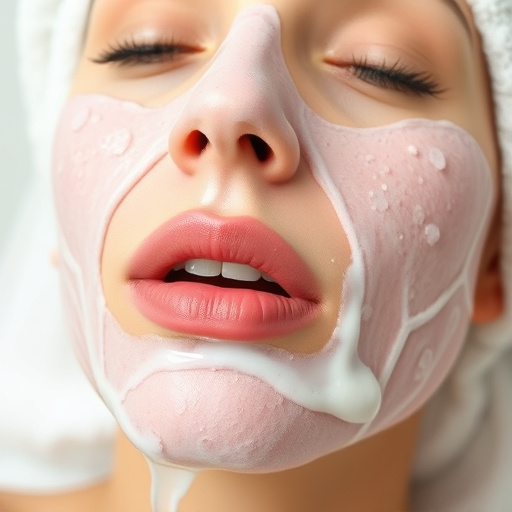
Chest acne, often overlooked due to its location, requires a specific approach to treatment compared to facial acne. Targeted chest acne therapy involves addressing the unique characteristics of skin in this area. Unlike facial treatments that primarily focus on aesthetic concerns like wrinkle reduction and skin rejuvenation, chest acne therapy delves deeper into the causes, which may include hormonal imbalances, friction from clothing, or blocked hair follicles.
Effective treatments for chest acne often combine topical medications with lifestyle adjustments. Retinoids, benzoyl peroxide, and salicylic acid are common active ingredients in prescription creams due to their anti-inflammatory and exfoliating properties. Additionally, over-the-counter products can be a gentle introduction to these treatments. Proper hygiene, wearing loose-fitting clothing, and avoiding strenuous activities that exacerbate acne are also crucial components of managing chest acne effectively.
Comparison: Chest vs Facial Acne Treatments – Key Differences and Considerations
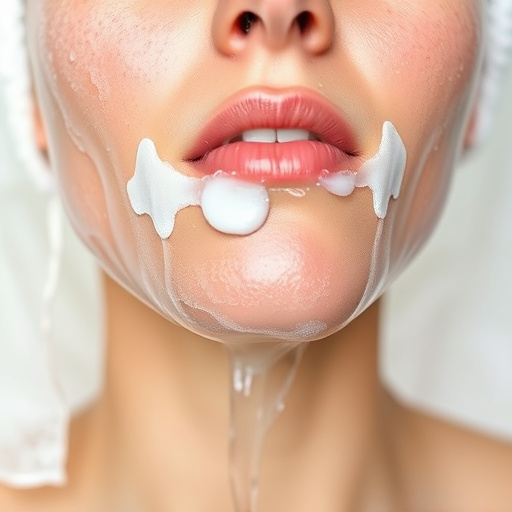
When comparing chest acne therapy to facial treatments, several key differences emerge. Chest acne tends to be more prevalent in males due to higher testosterone levels and the presence of hair follicles, making it generally more severe and resistant to typical facial acne treatments. The skin on the chest is also thicker and contains more oil glands than the face, which can complicate treatment approaches designed for lighter, thinner facial skin.
While many standard aesthetic treatments like chemical peels and microneedling therapy are effective for facial acne, they may not yield the same results on the chest. Chest acne often requires a more targeted approach, focusing on deep cleaning, topical medications, and sometimes oral antibiotics. Microneedling can be an option for mild cases, but it’s crucial to consider that deeper needle penetration might lead to increased irritation or scarring. Chemical peels, though effective for unclogging pores, may not penetrate the thicker chest skin as thoroughly as needed. Therefore, when addressing chest acne, it’s important to consult with a dermatologist who can tailor a treatment plan specific to the unique characteristics of chest skin.
Chest acne, while often overlooked, shares distinct characteristics and treatment considerations compared to facial acne. Understanding these differences is key to effective management. Targeted chest acne therapy focuses on addressing specific challenges like pilose follicles and increased sebum production. Unlike facial treatments that benefit from a wide range of over-the-counter options and topical medications, chest acne often requires more specialized approaches. By tailoring treatments to the unique needs of chest skin, individuals can achieve clearer, healthier skin and boost their confidence. When considering chest acne therapy, it’s essential to consult professionals for personalized advice and the latest evidence-based treatment options.


